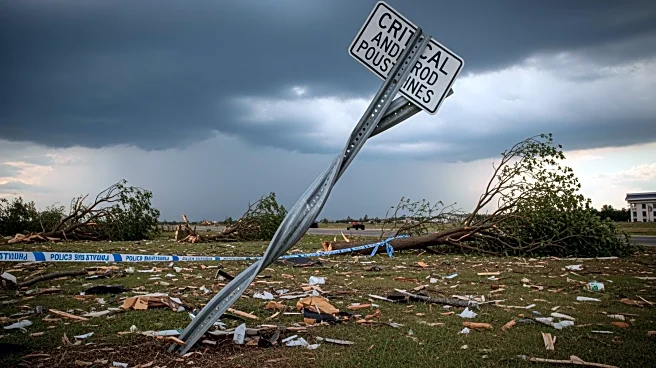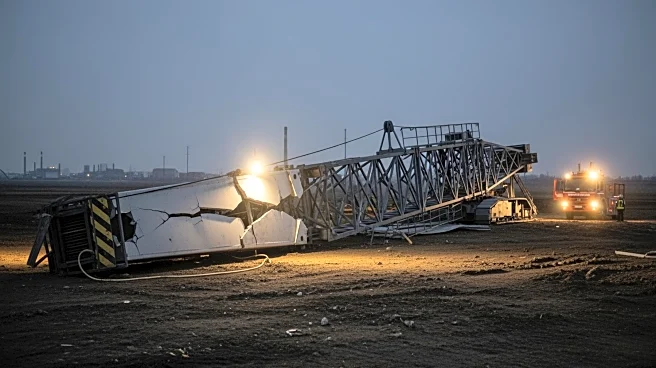What's Happening?
The Canary Islands, particularly Tenerife, have been experiencing severe coastal conditions, leading to tragic incidents. Authorities had issued warnings about dangerous sea conditions, including waves
reaching up to four meters high and fierce winds. Despite these warnings, several individuals ignored safety barriers, resulting in three fatalities and over 15 injuries. The Emergency and Security Coordination Centre reported a fatal incident involving a man who fell into the sea at Charco del Viento, La Guancha. He was retrieved by a government helicopter but succumbed to his injuries. The island remains on heightened alert due to these adverse weather conditions.
Why It's Important?
The incidents underscore the critical importance of adhering to safety warnings issued by authorities during adverse weather conditions. The fatalities and injuries highlight the potential risks associated with coastal phenomena, which can have severe consequences for both residents and tourists. This situation may prompt local governments to review and possibly strengthen their emergency response protocols and public safety campaigns. The economic impact on tourism, a significant industry in the Canary Islands, could be substantial if safety concerns deter visitors.
What's Next?
Authorities are likely to continue monitoring the weather conditions closely and may implement stricter safety measures to prevent further incidents. There could be increased efforts to educate the public about the dangers of ignoring safety warnings. The government might also consider enhancing infrastructure to better withstand such coastal hazards. Stakeholders, including local businesses and tourism operators, may need to adapt their strategies to ensure visitor safety and maintain economic stability.
Beyond the Headlines
The tragic events in Tenerife may lead to broader discussions on climate change and its impact on weather patterns, particularly in coastal regions. As extreme weather events become more frequent, there may be increased pressure on governments to invest in climate resilience and adaptation strategies. This could involve cross-sector collaboration to address the long-term implications of climate-fueled phenomena.











